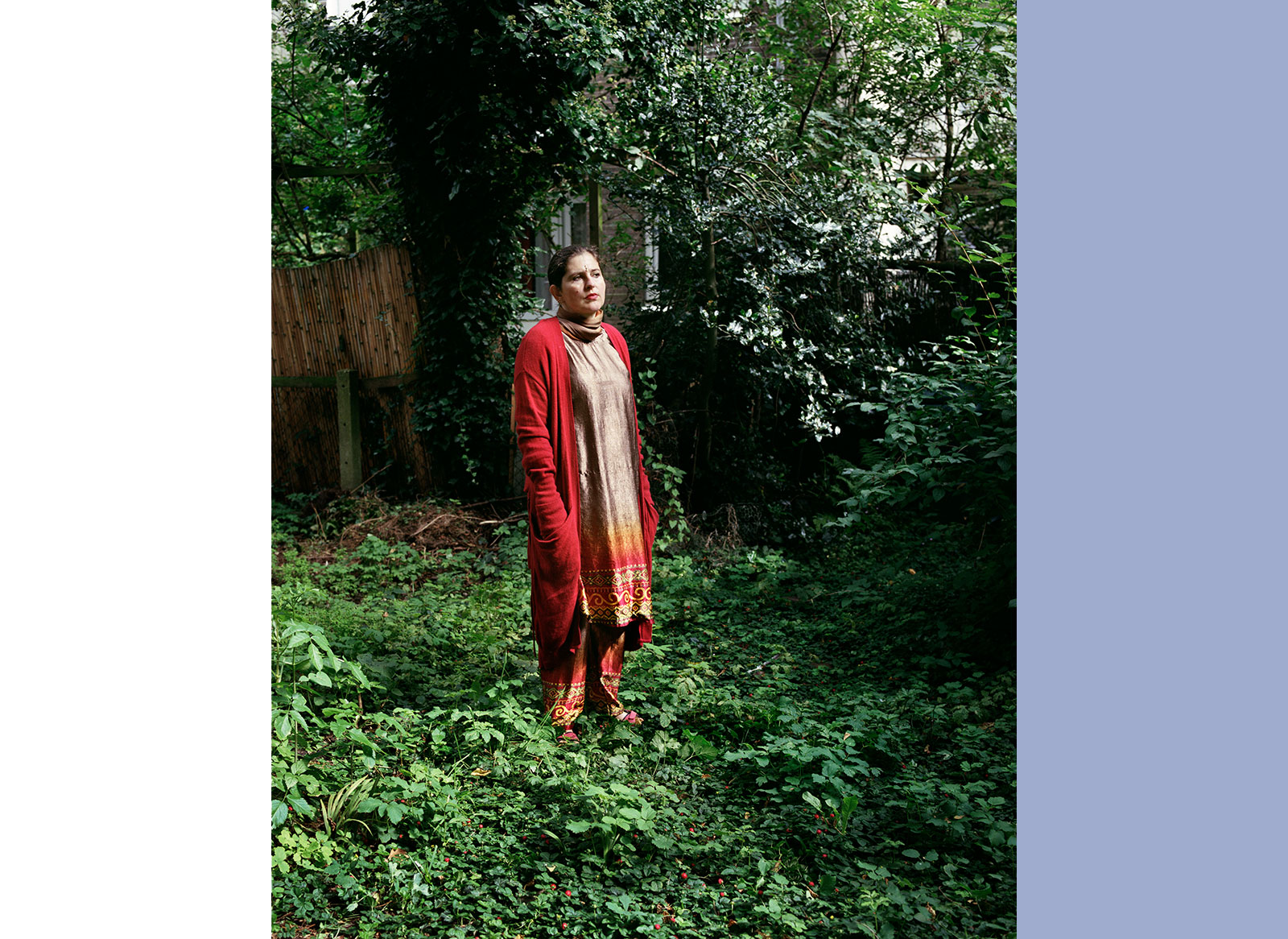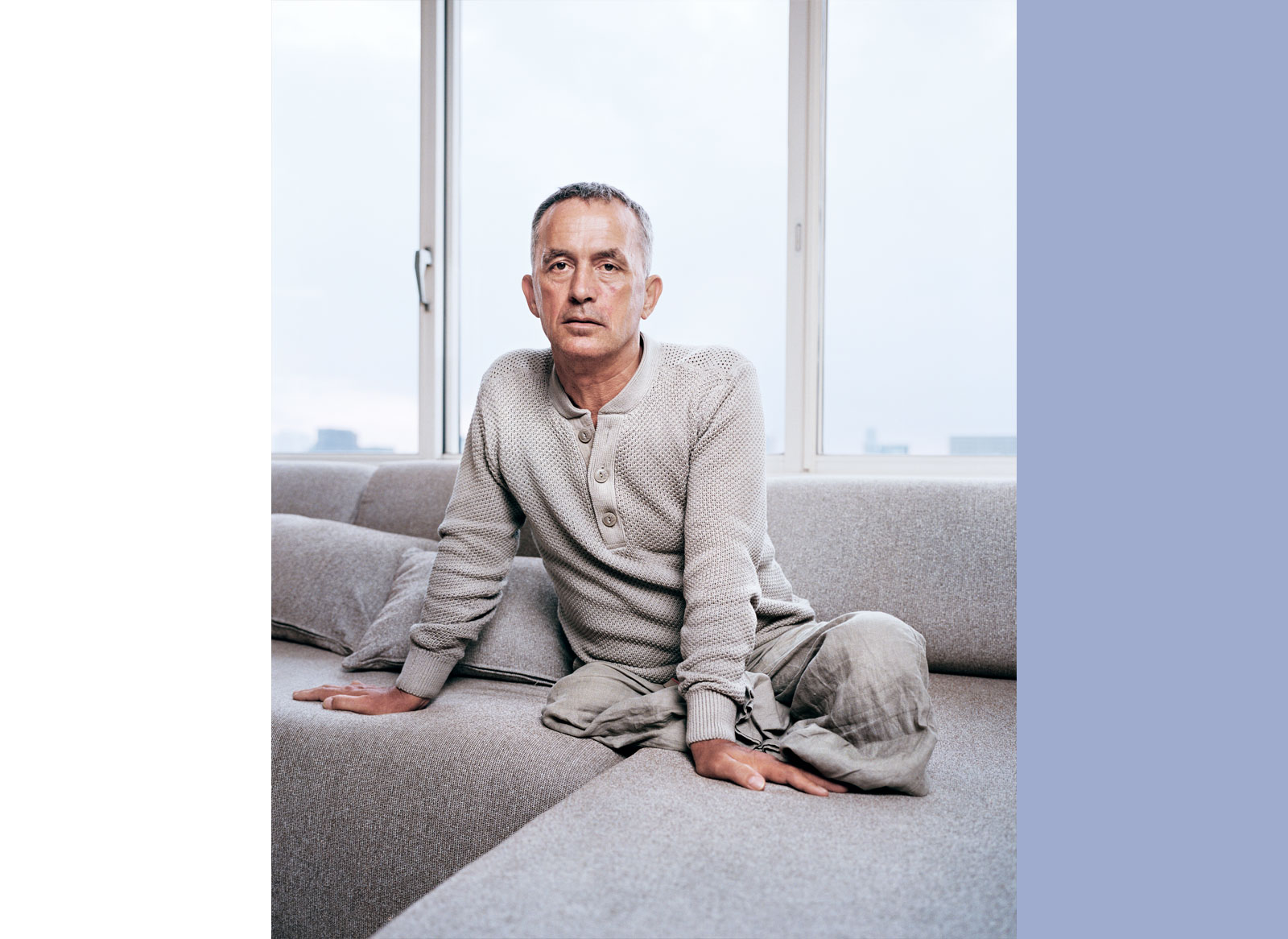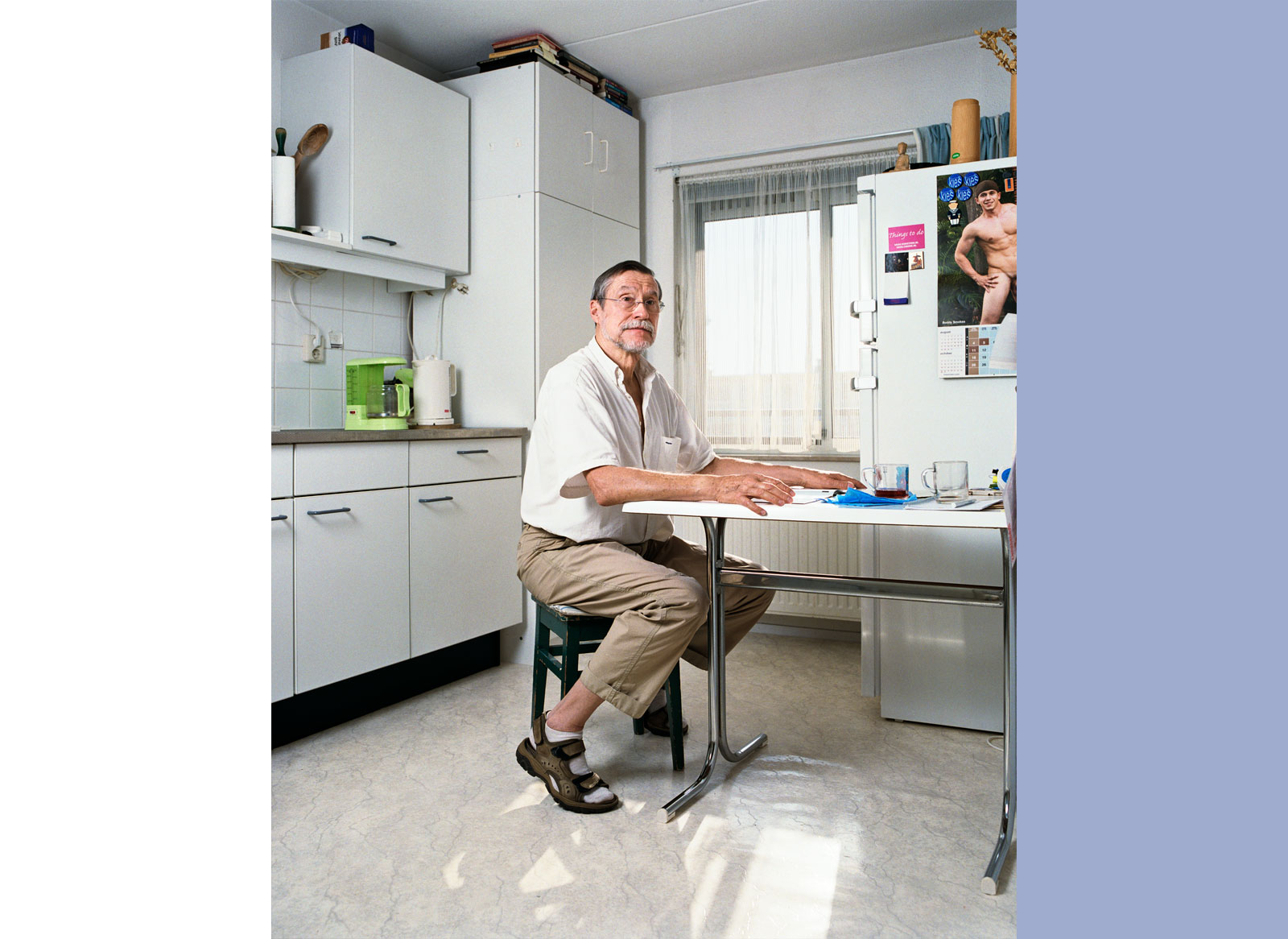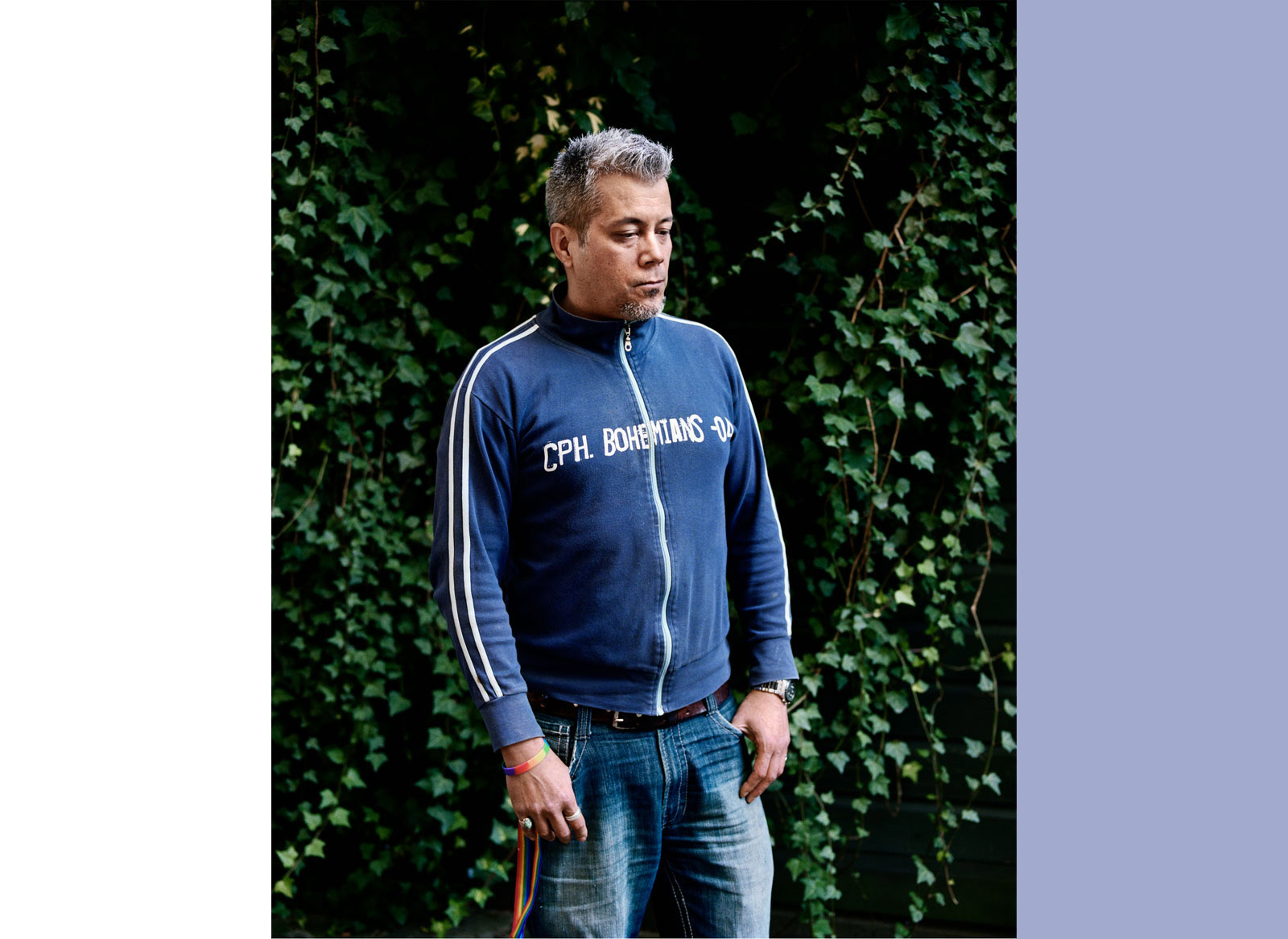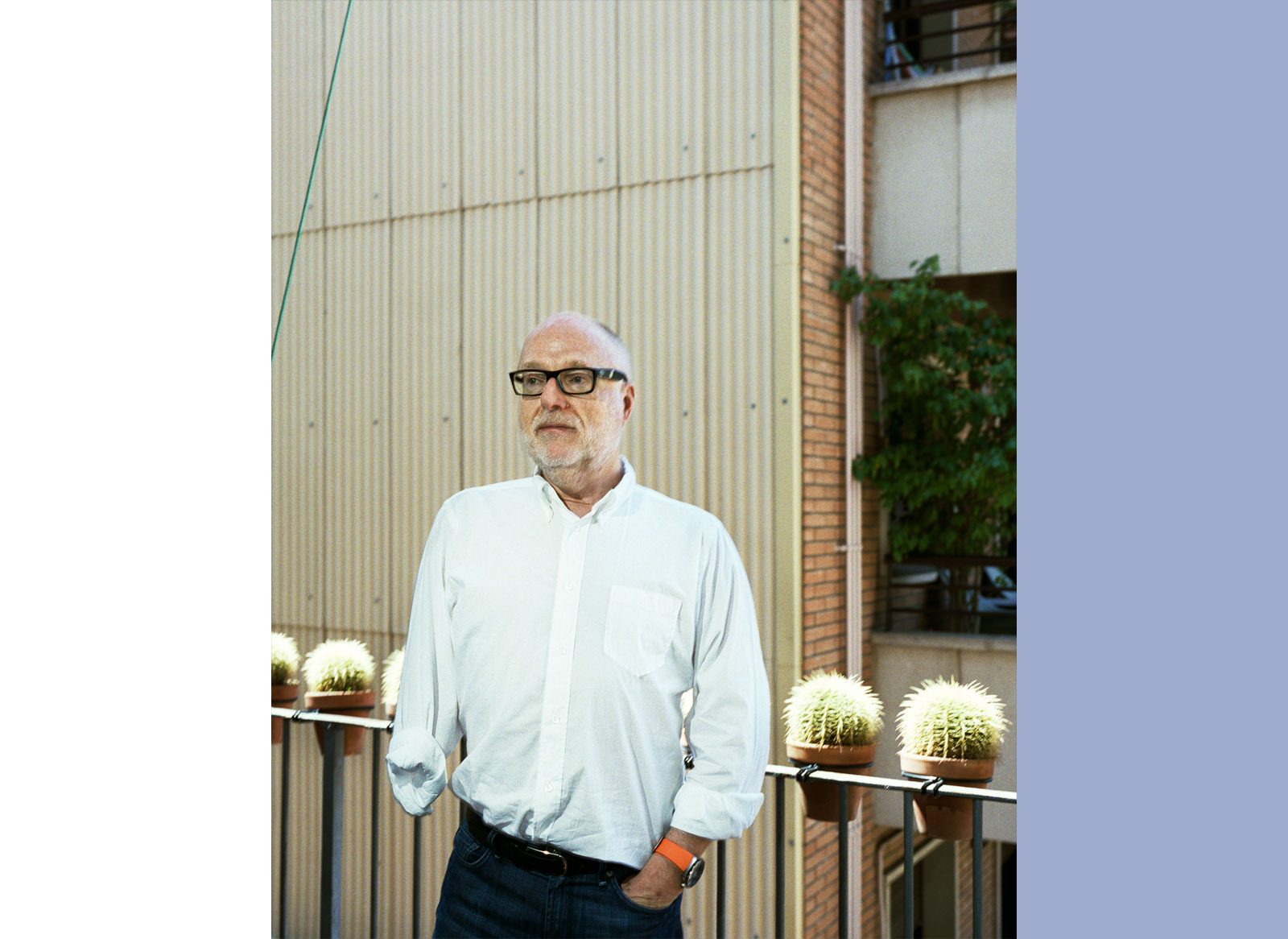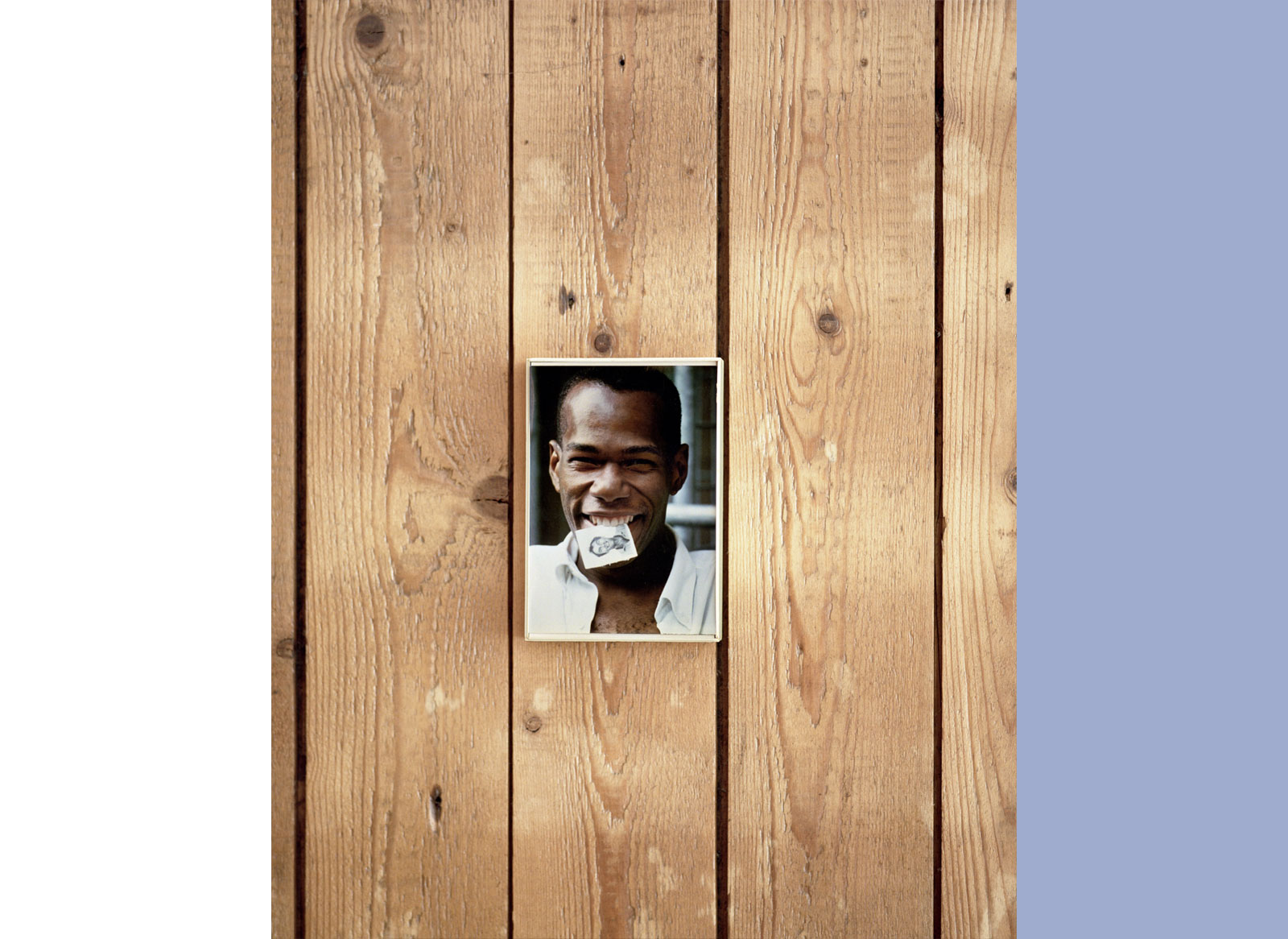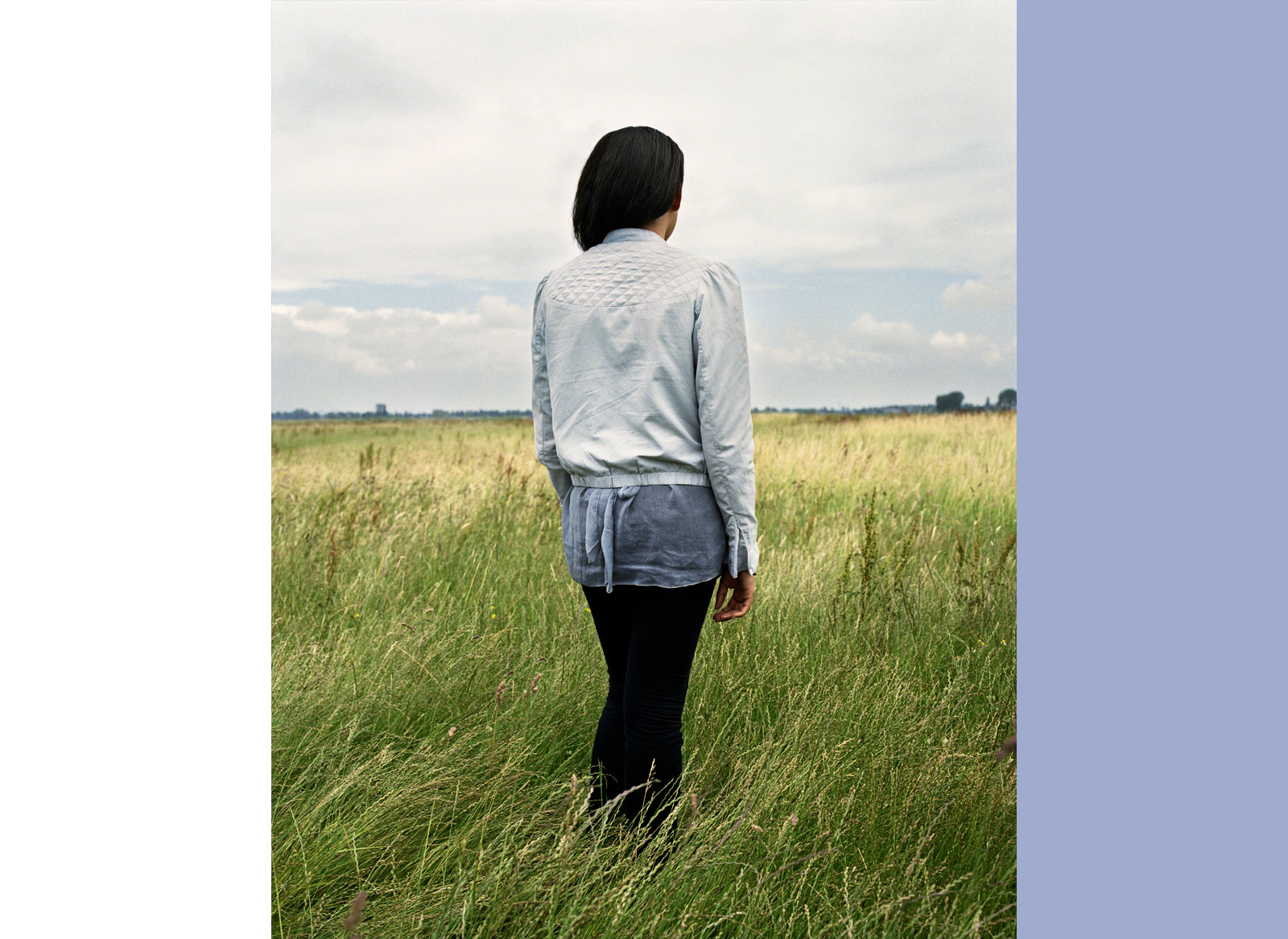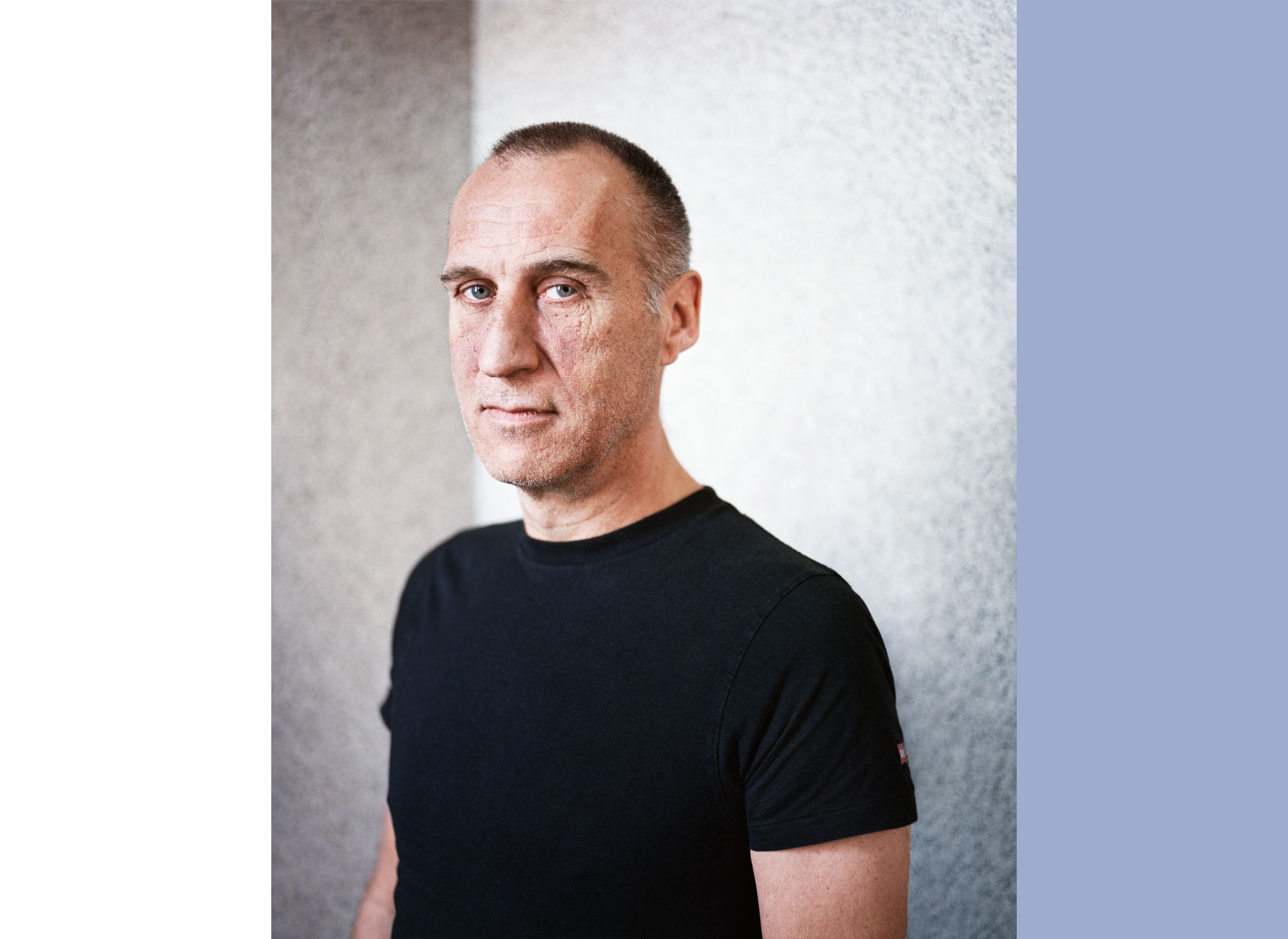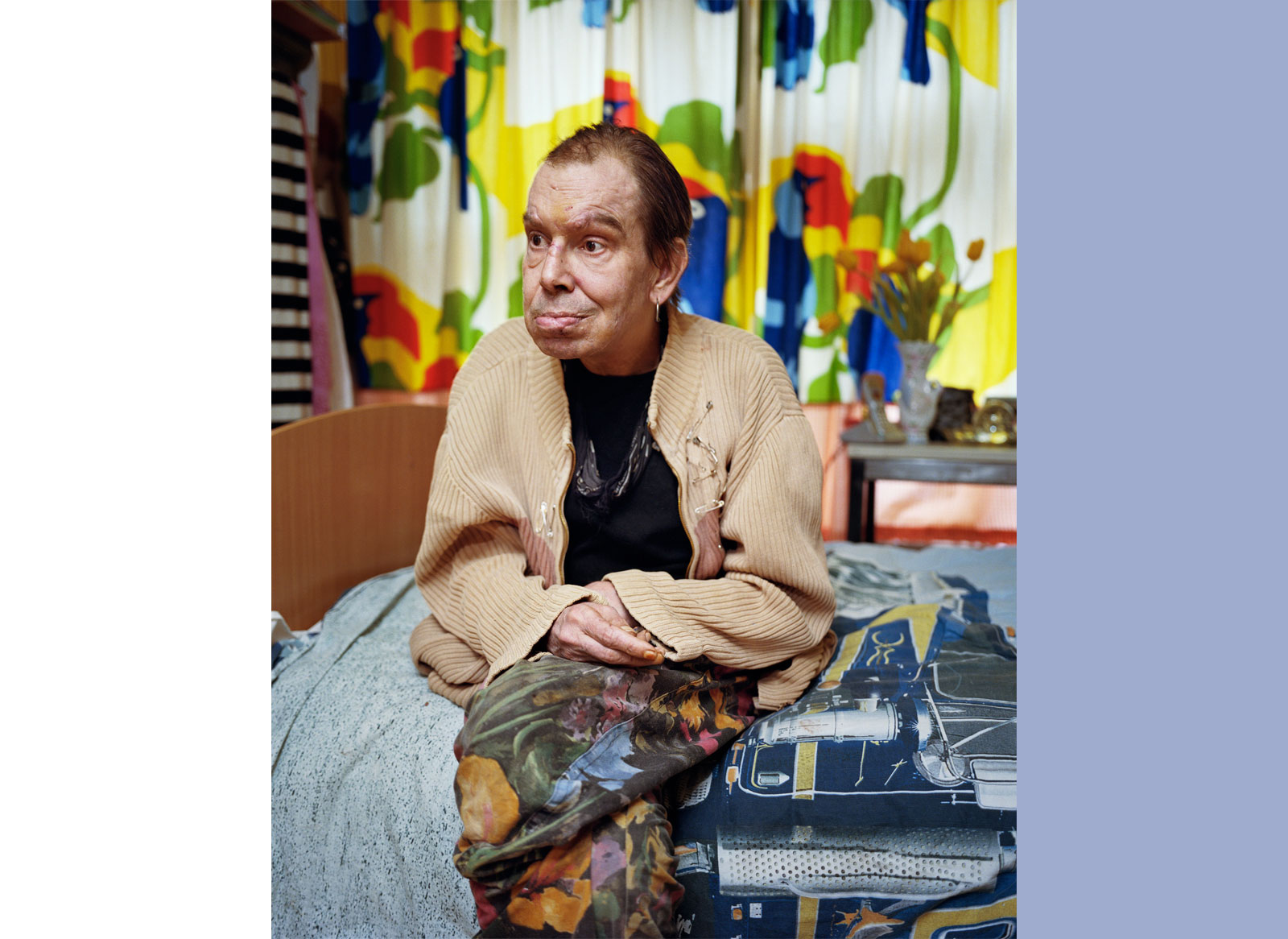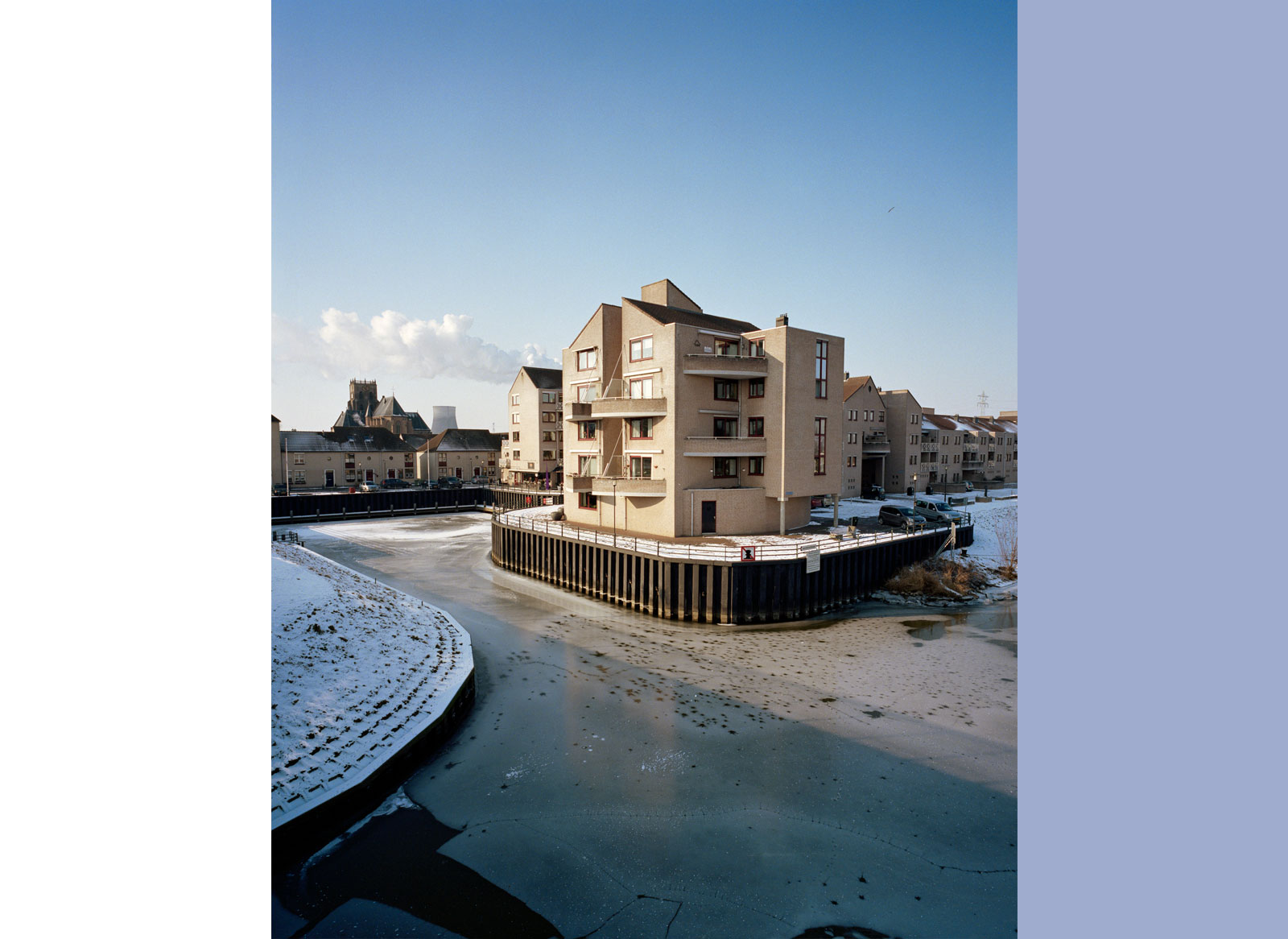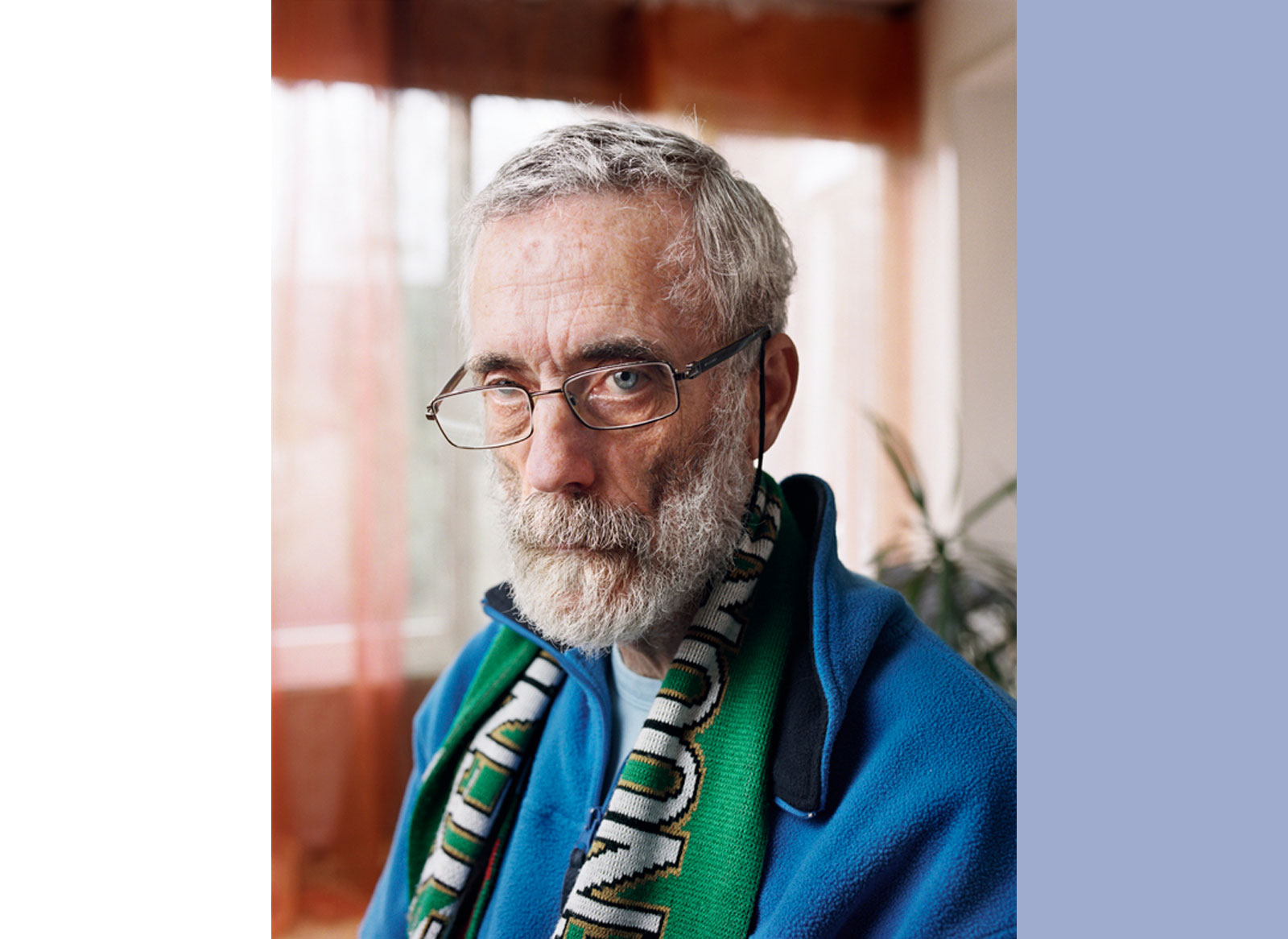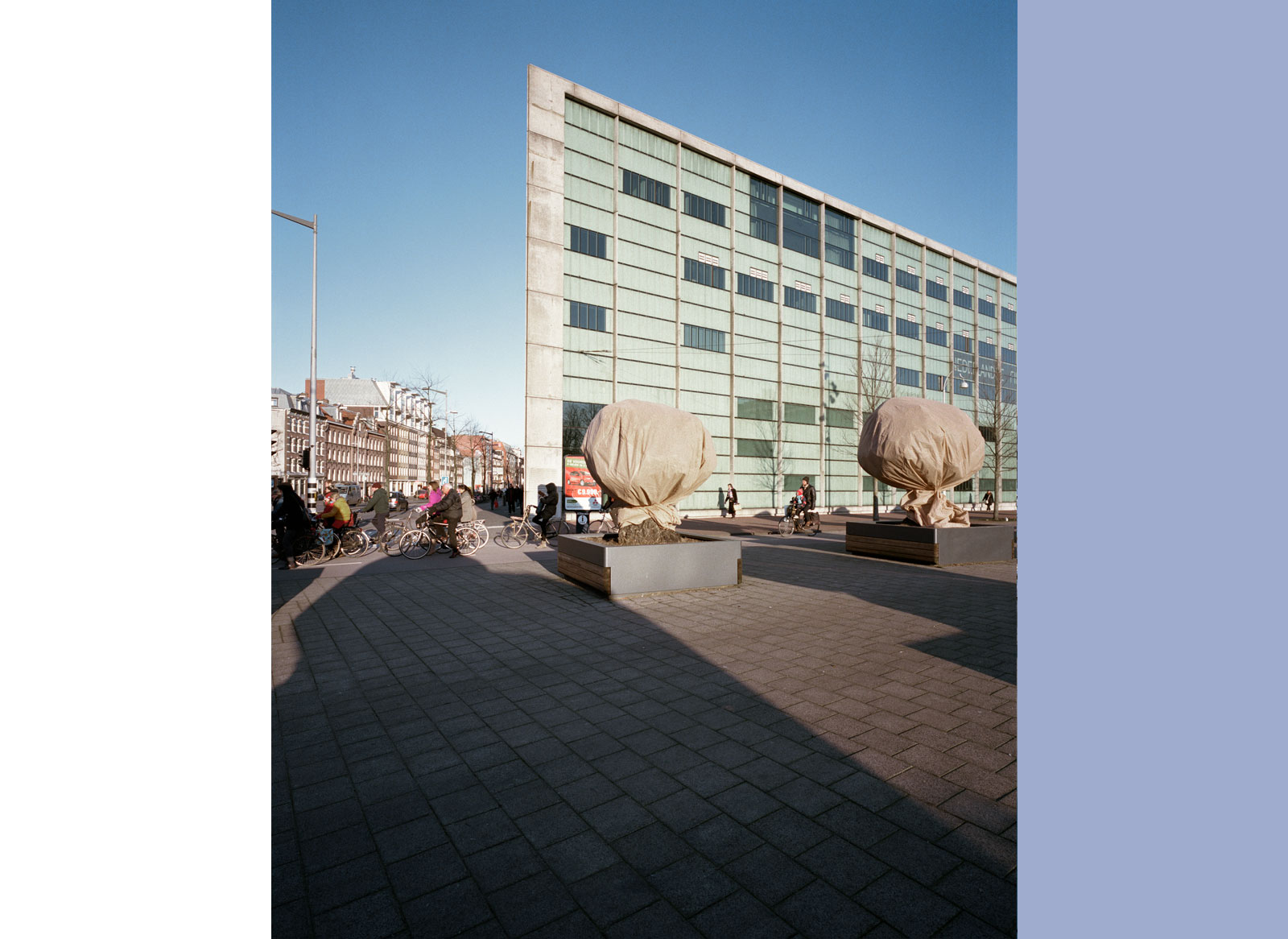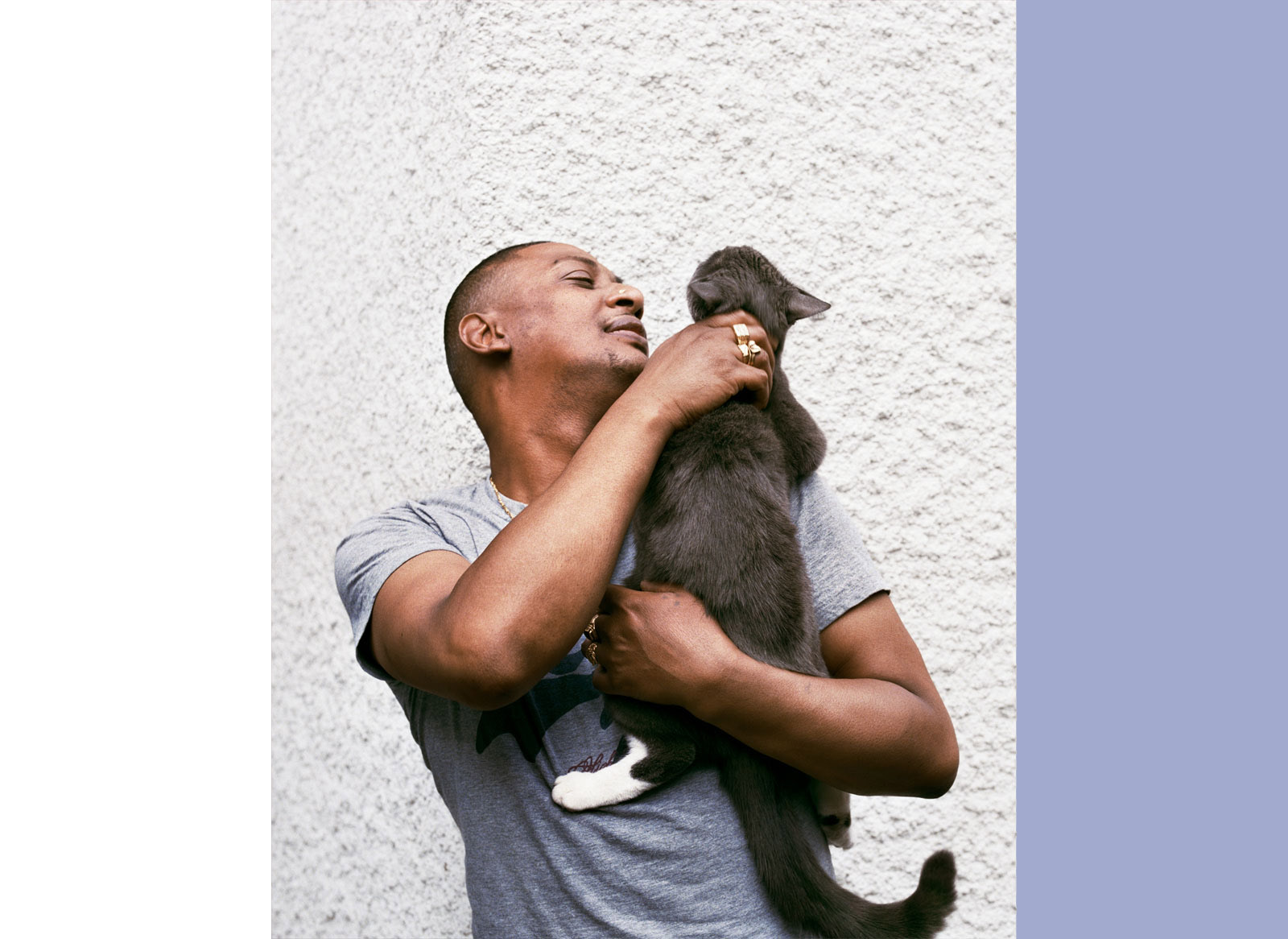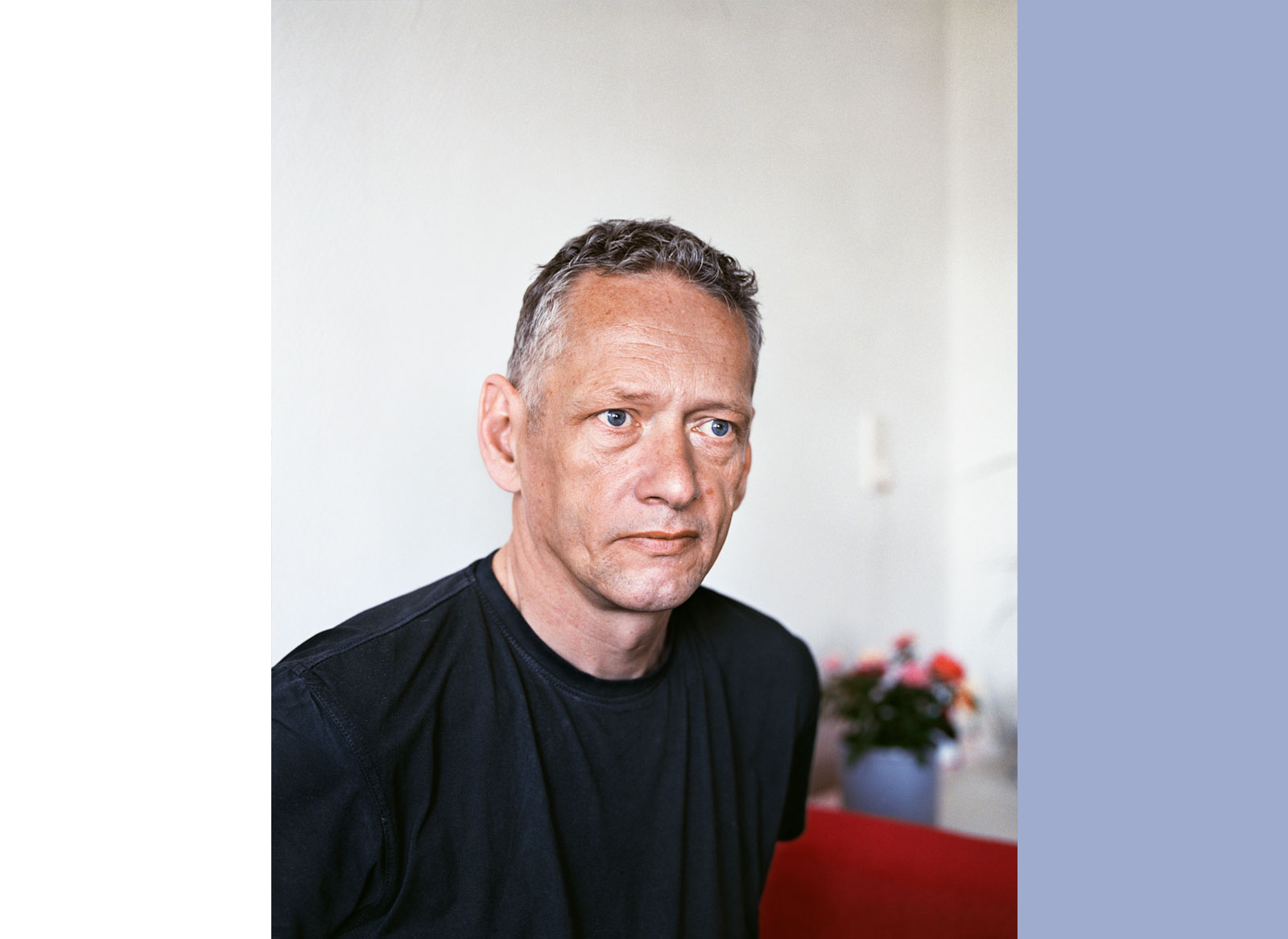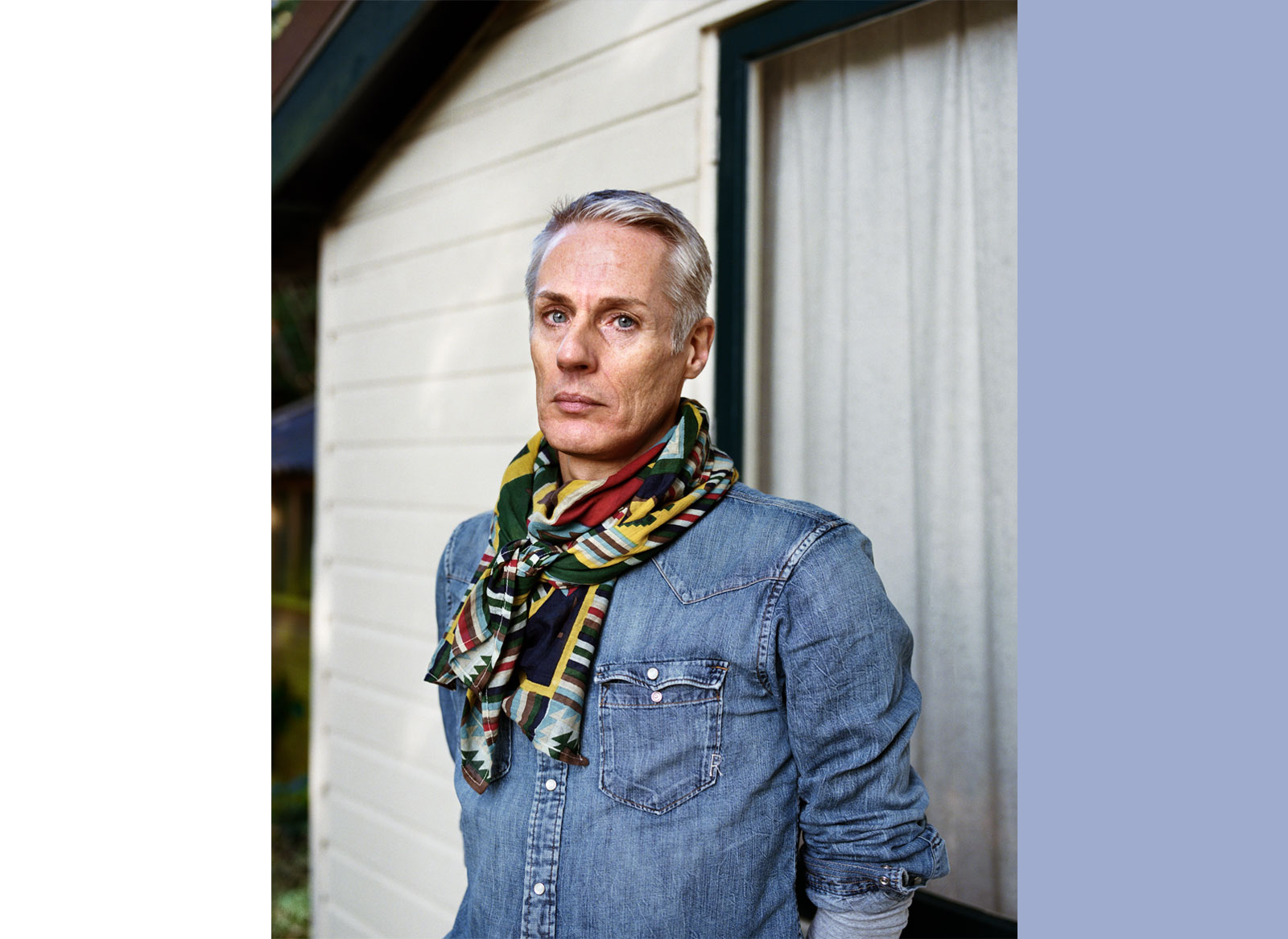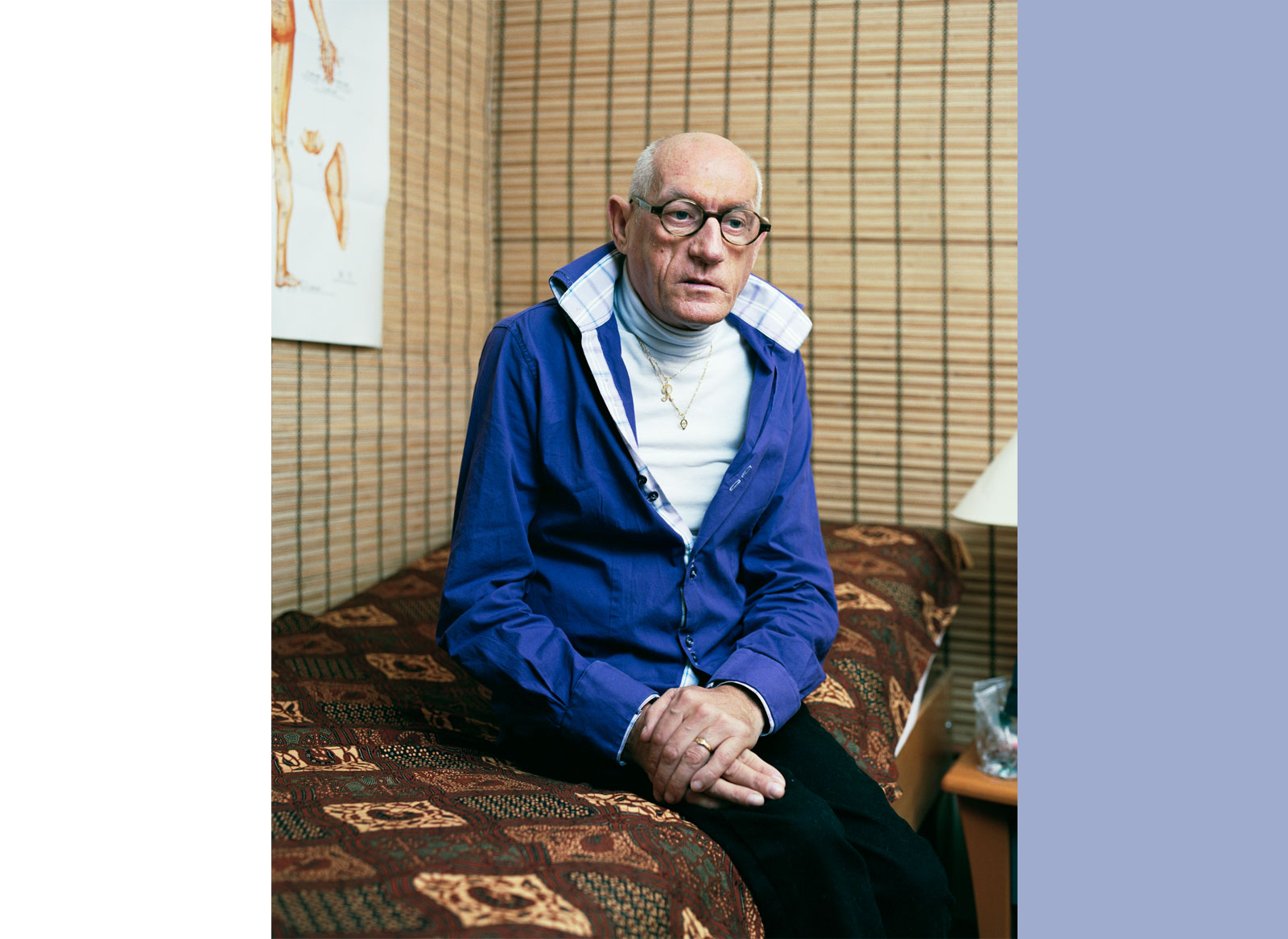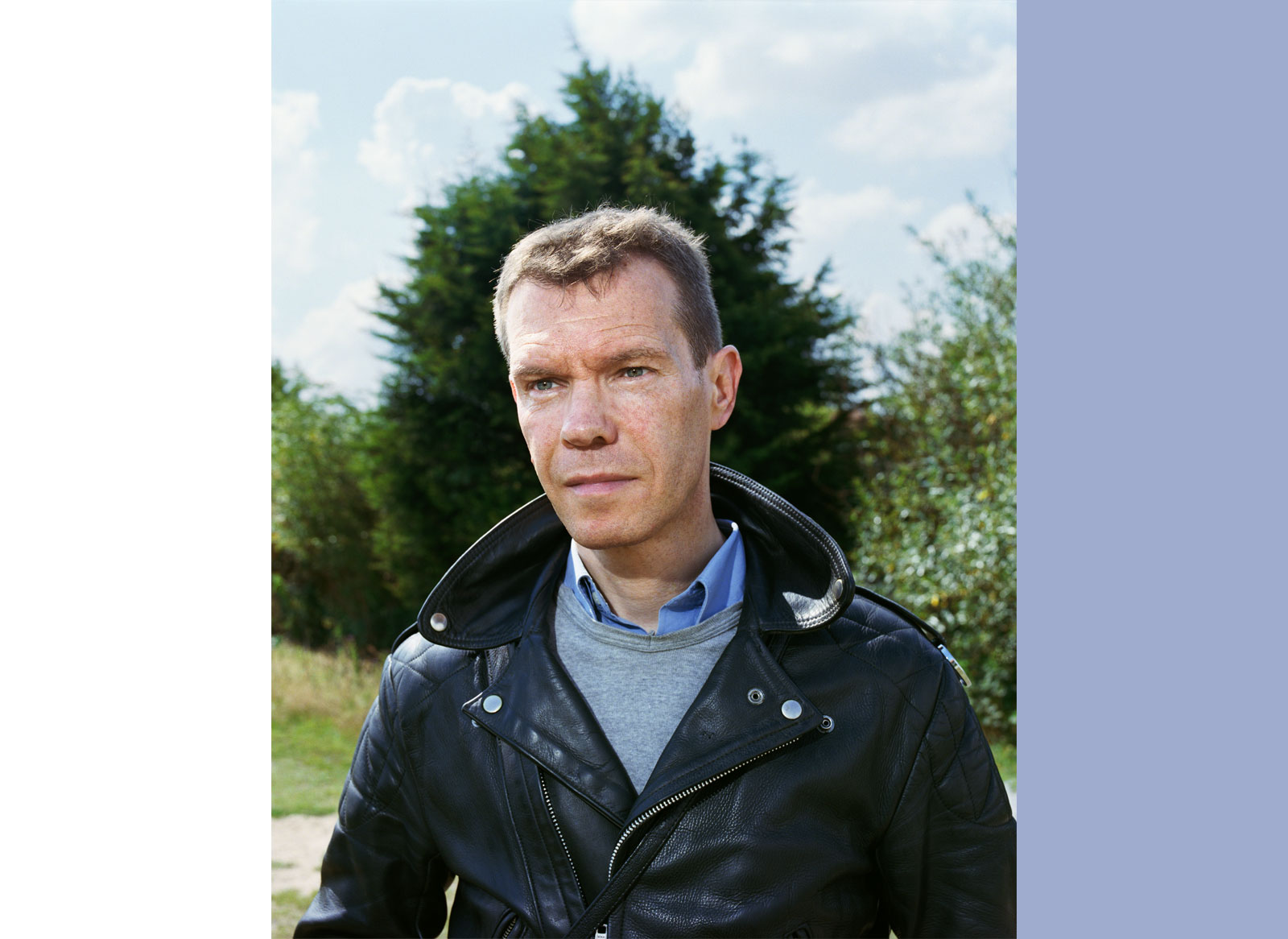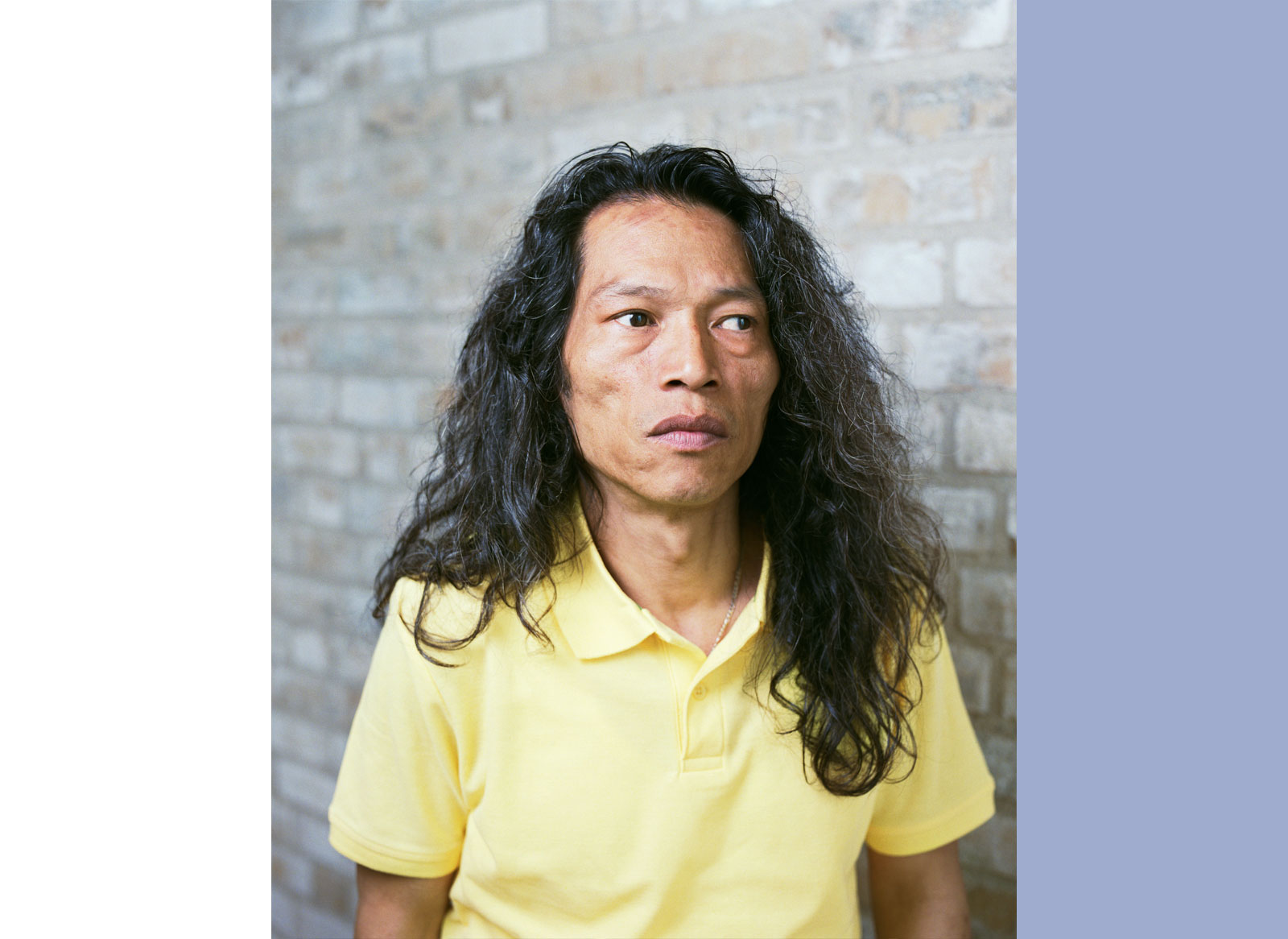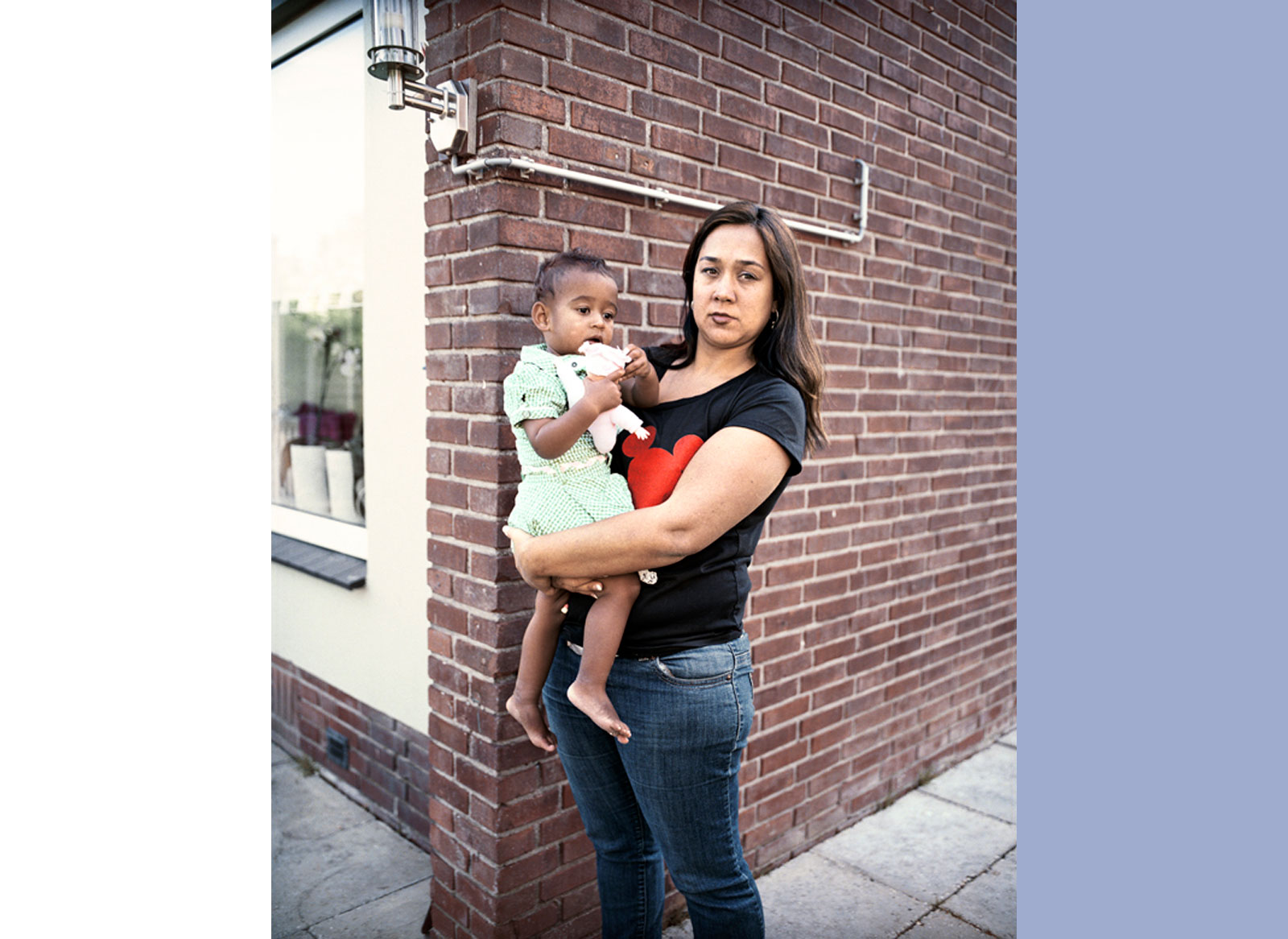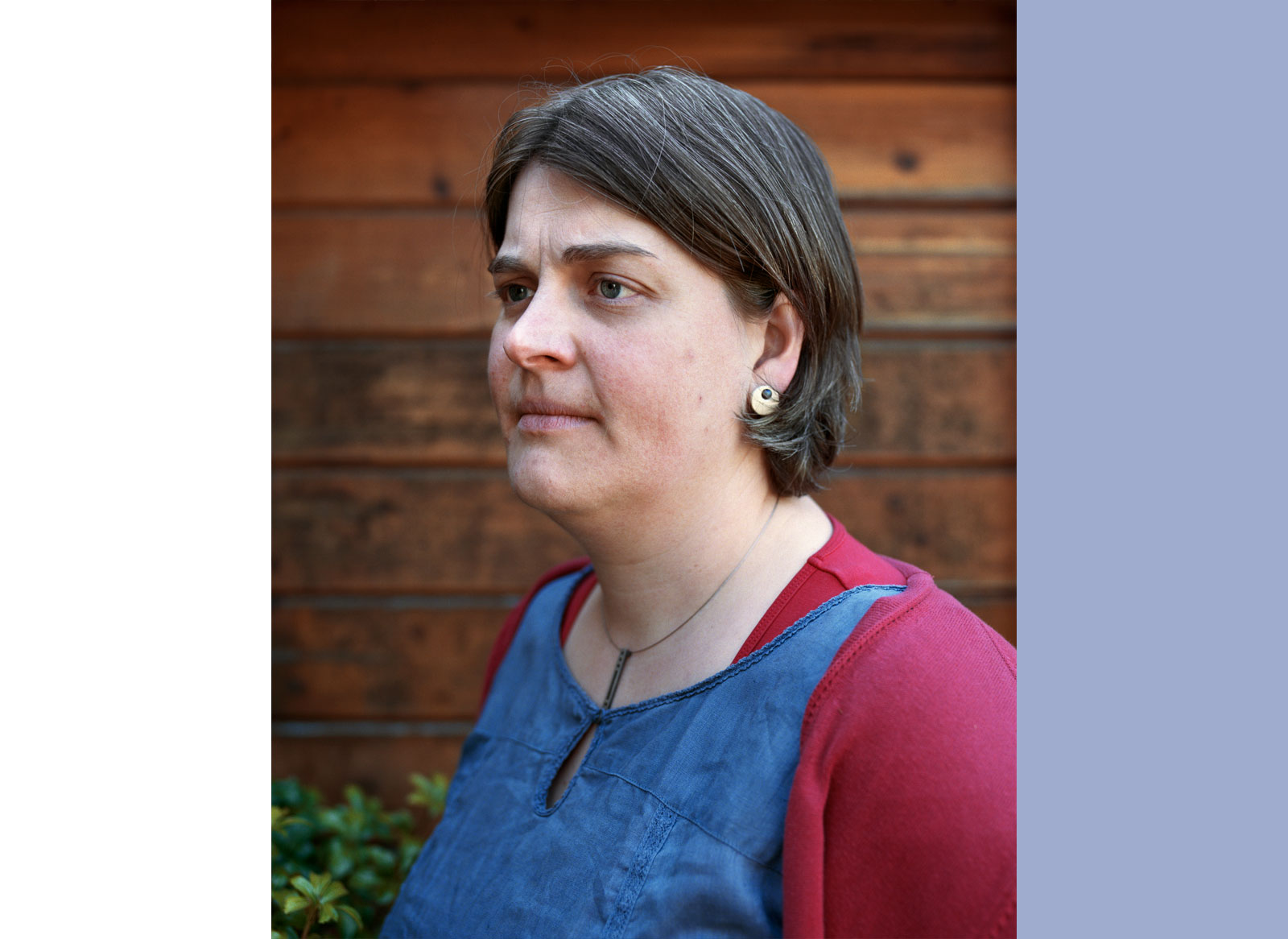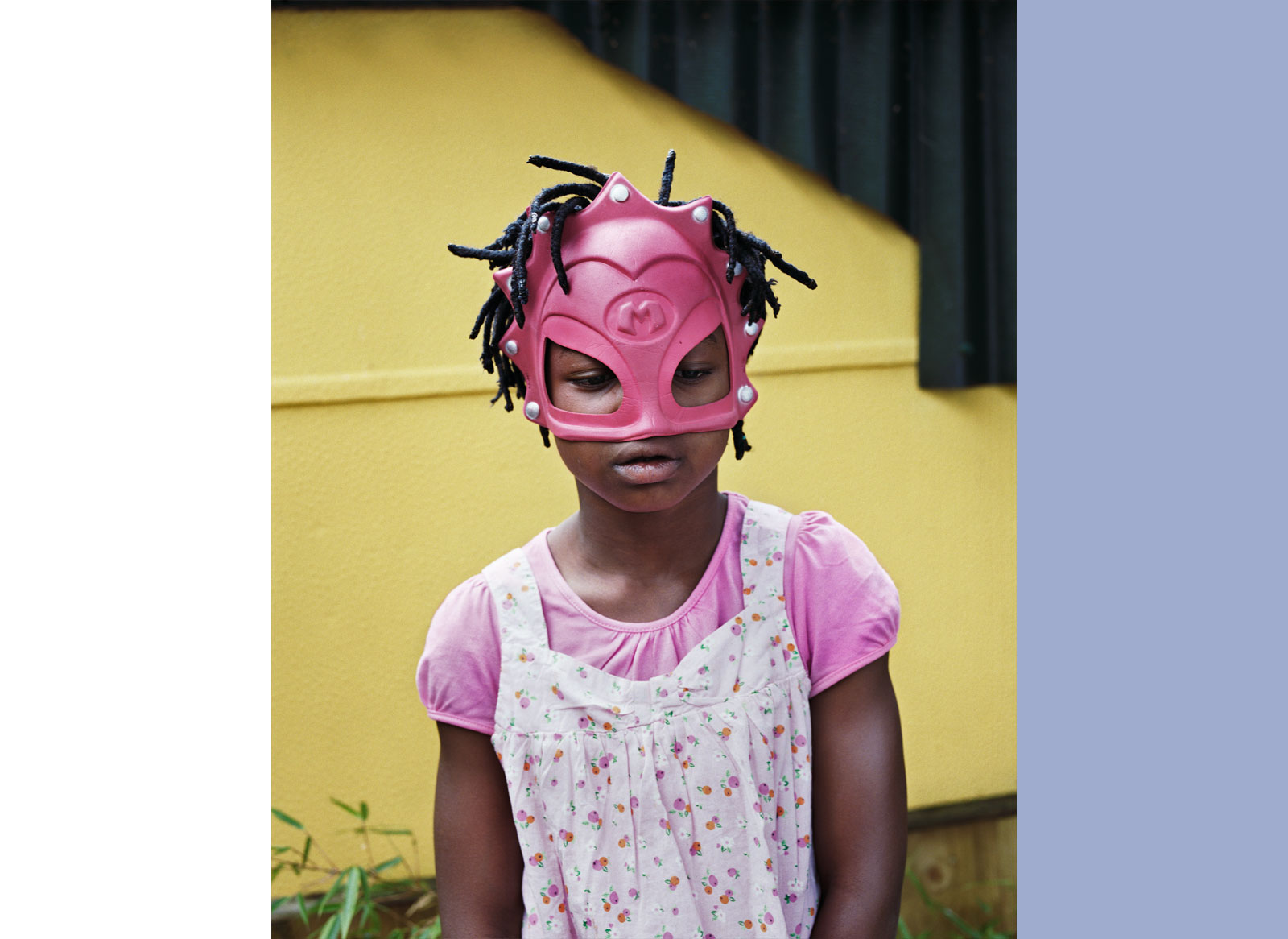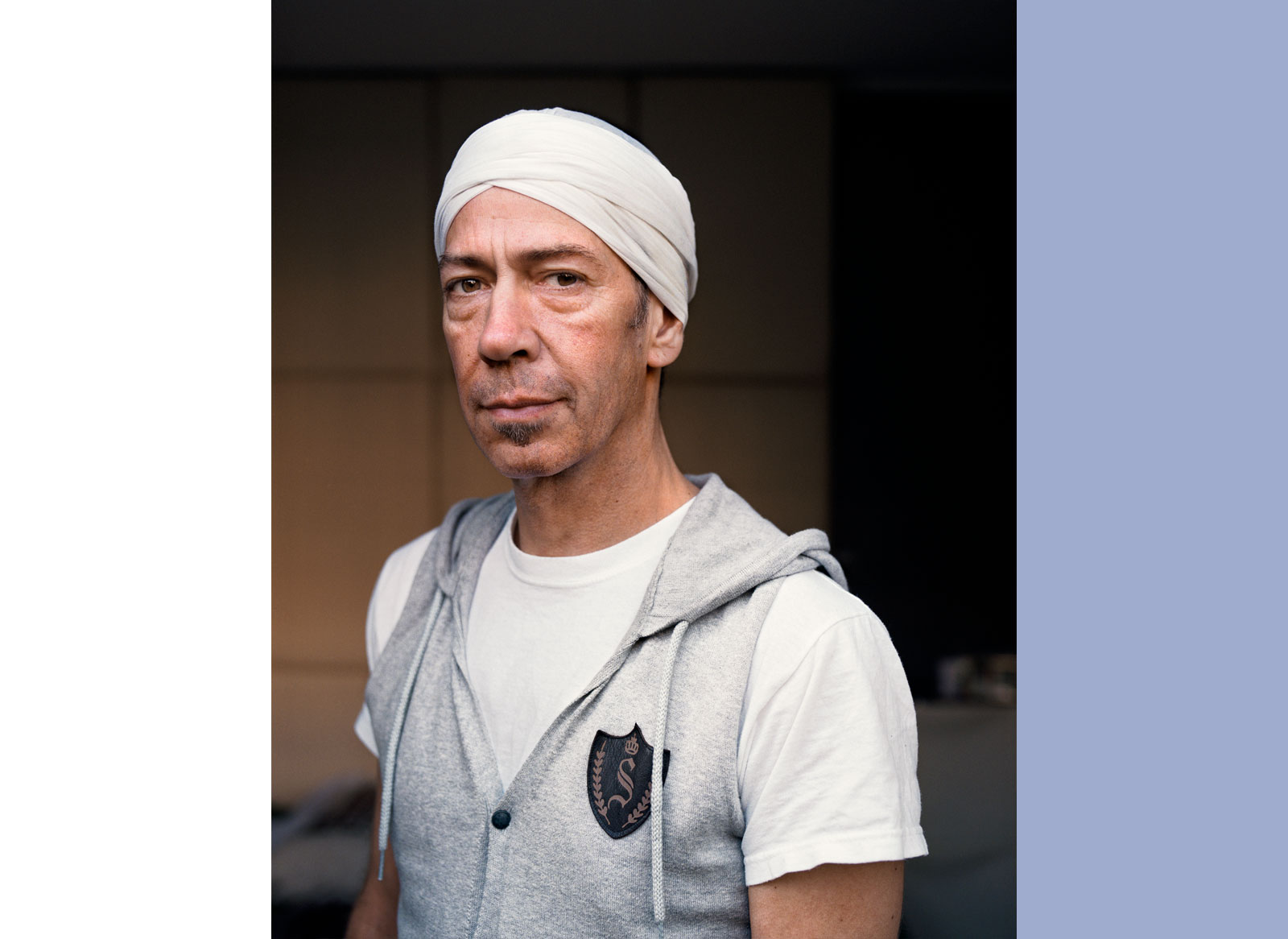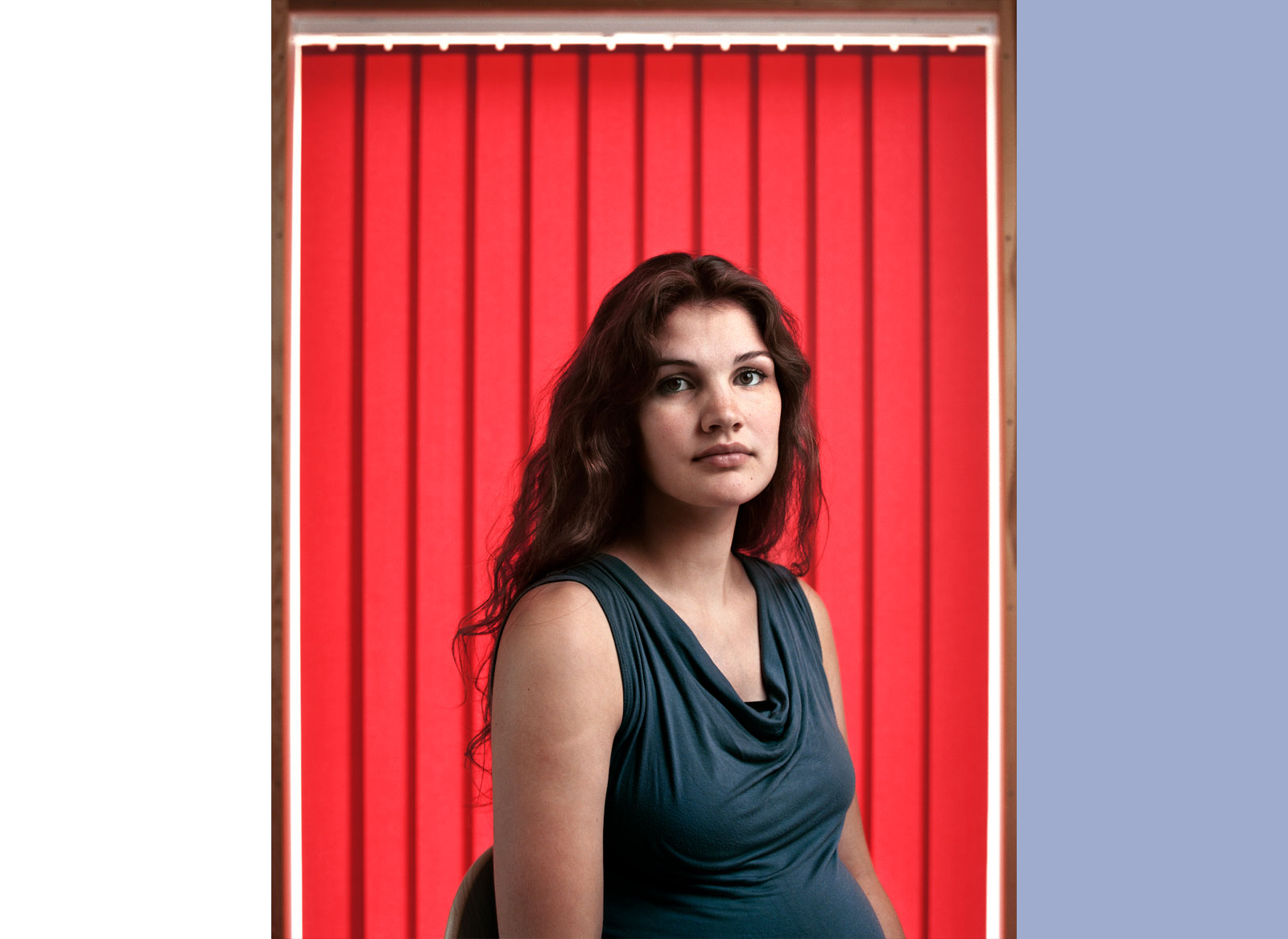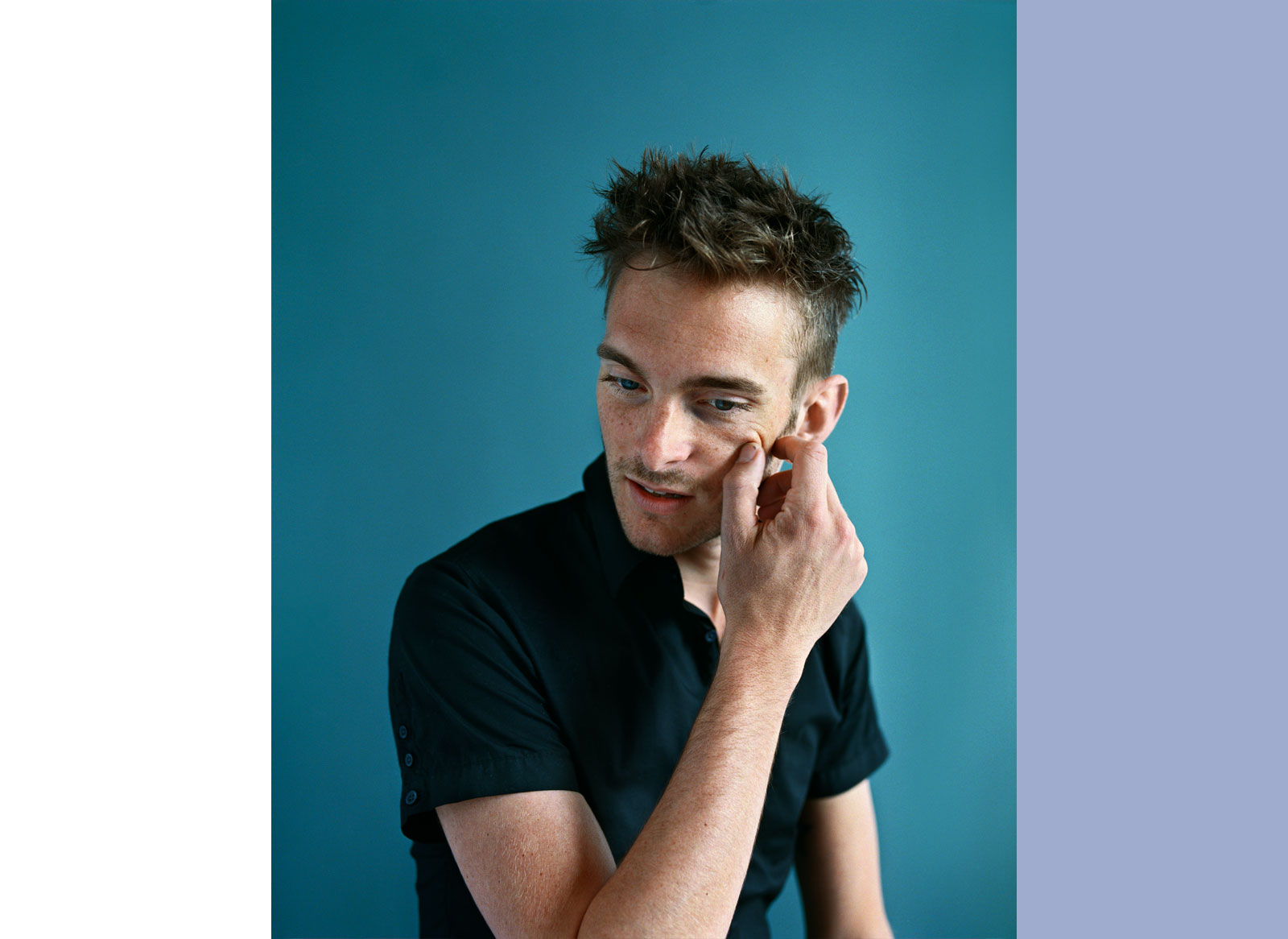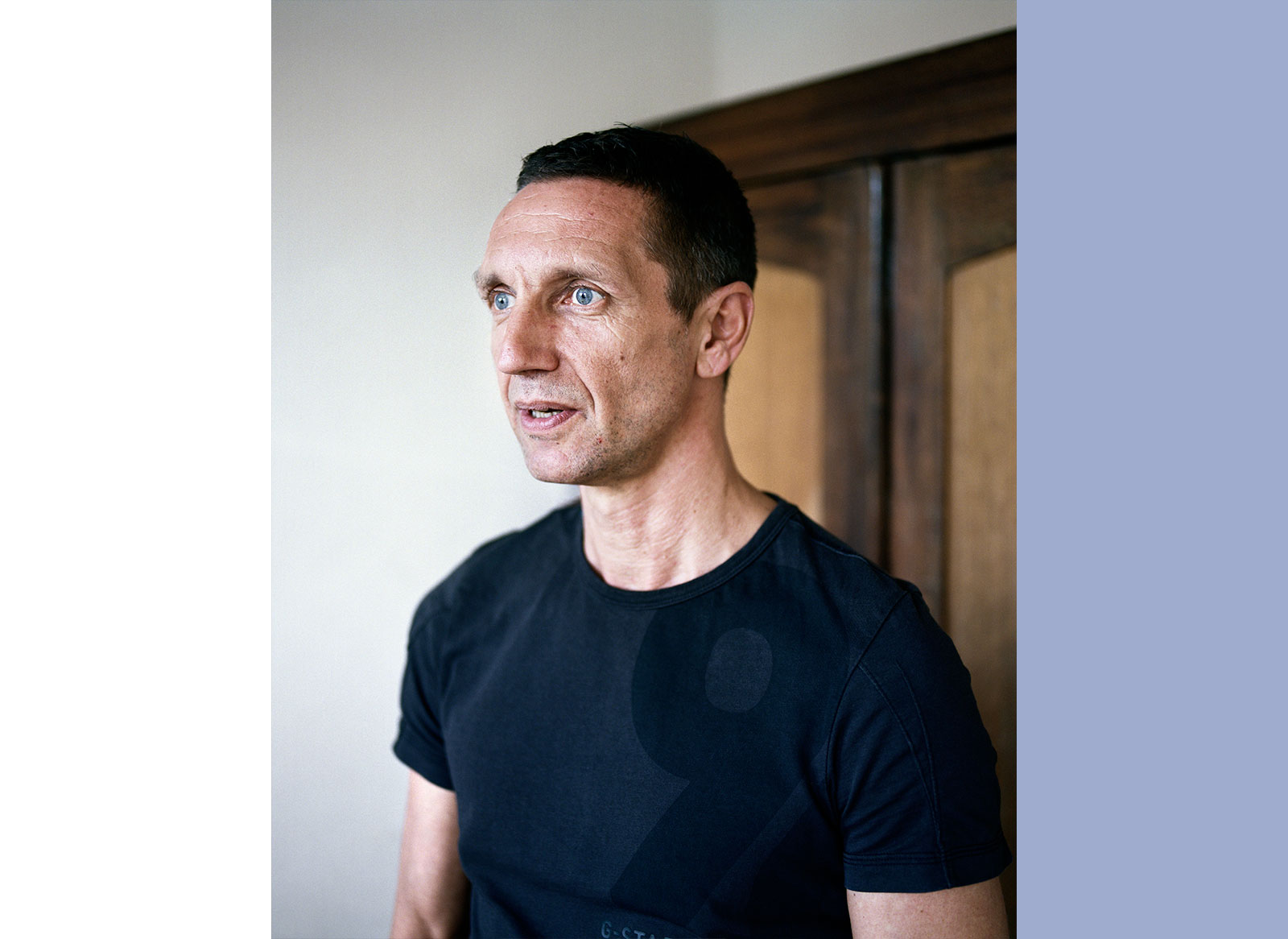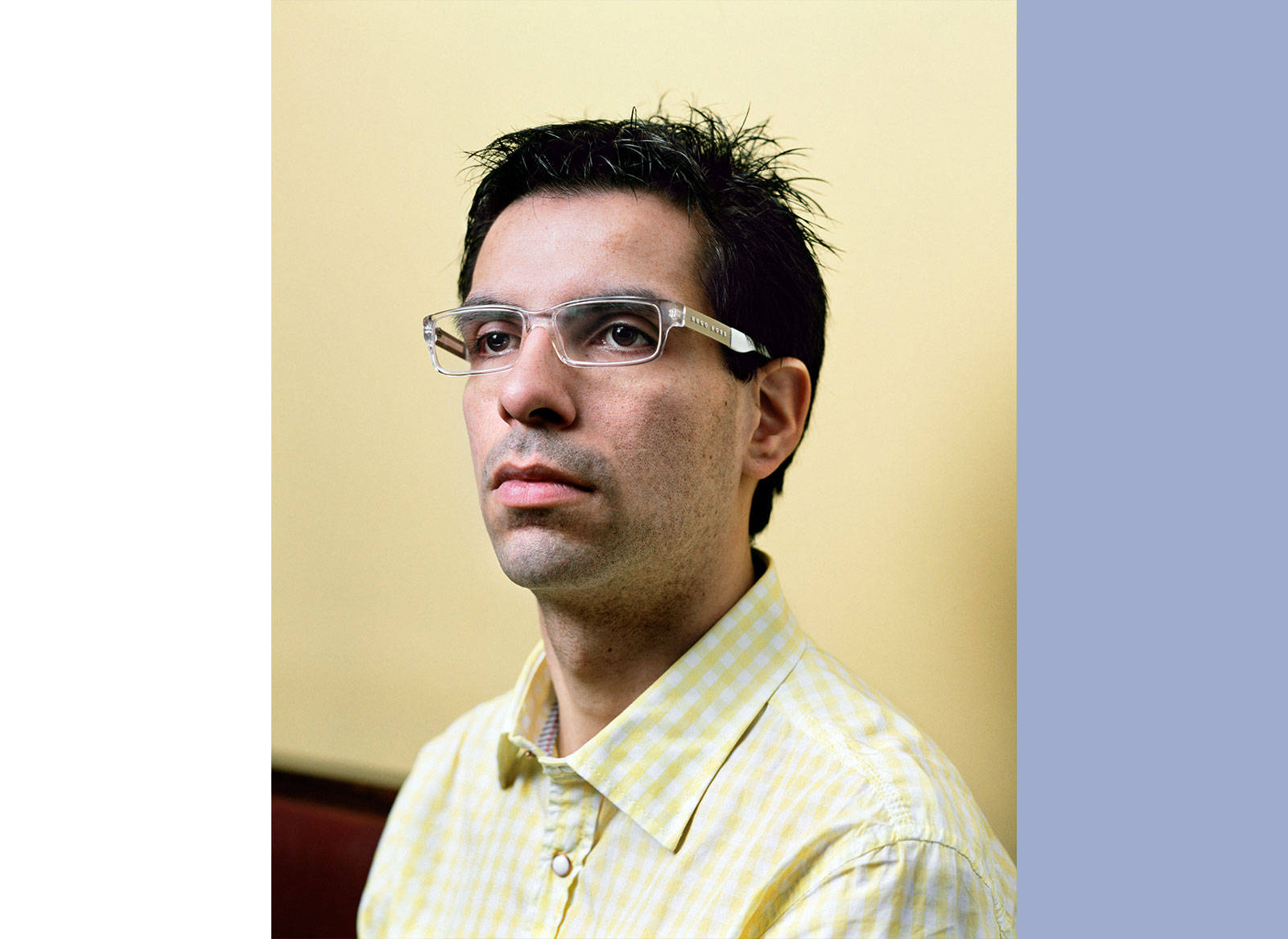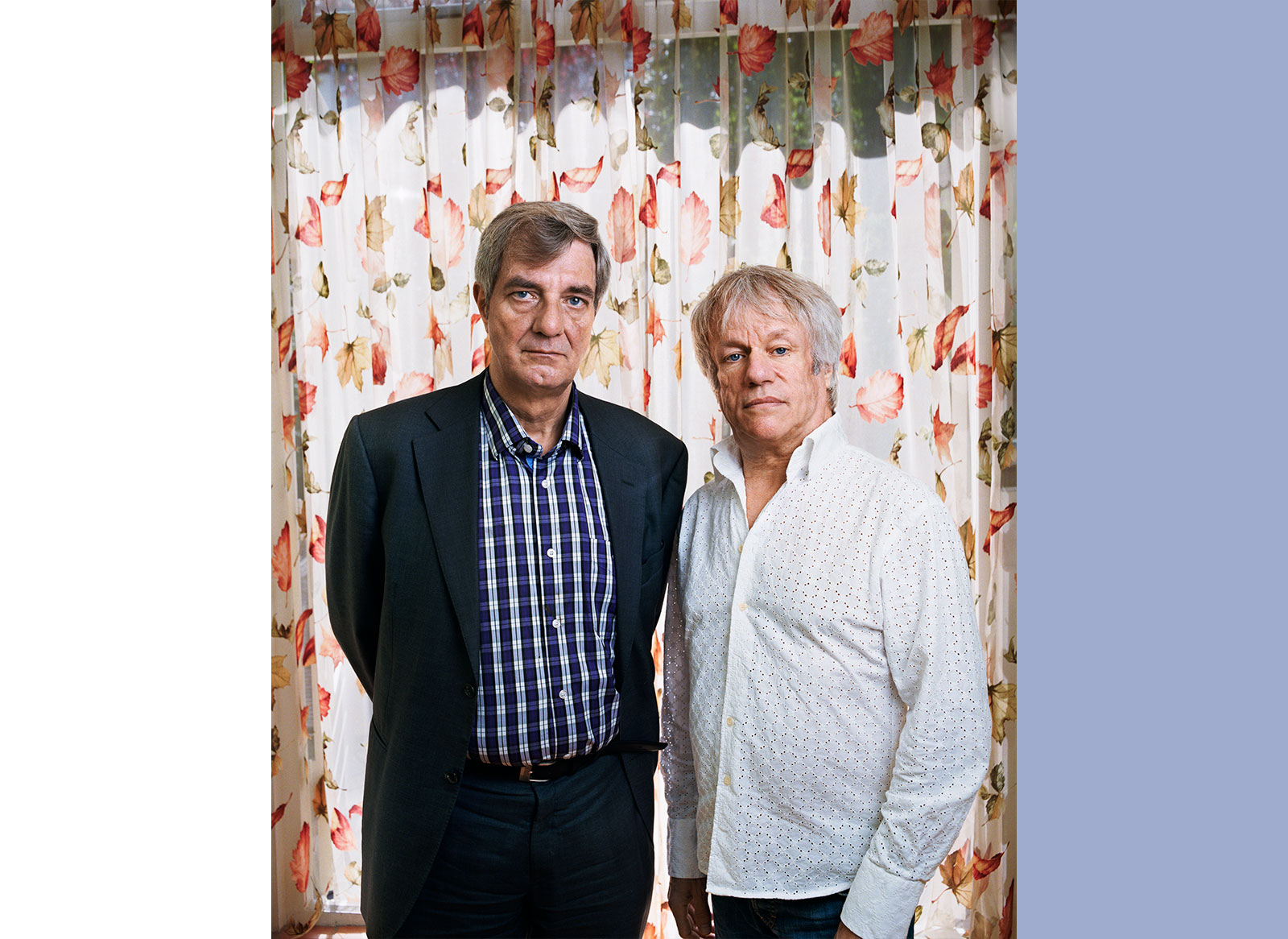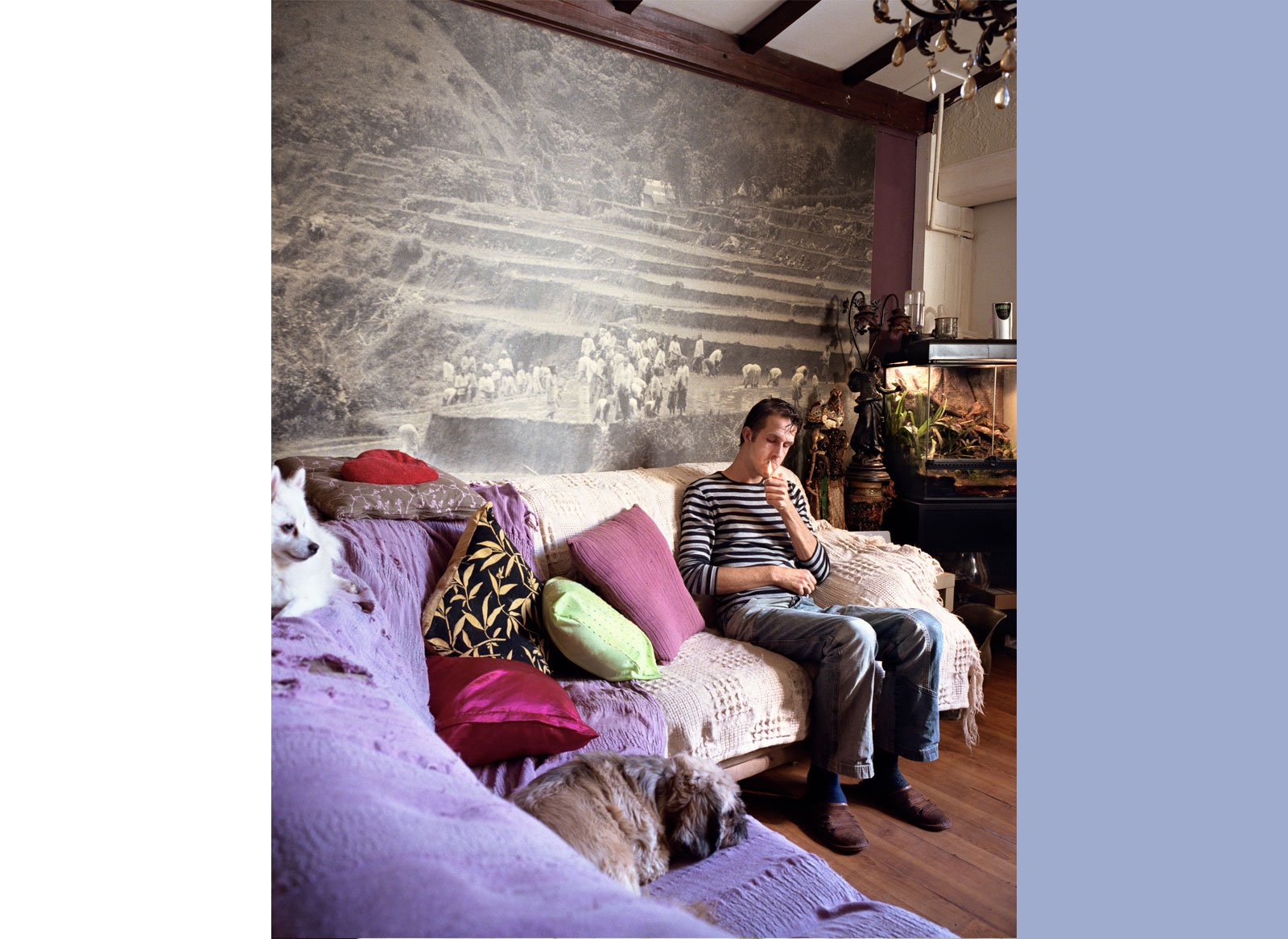The Netherlands
The Netherlands has a population of nearly 18 million (2024). By the end of 2022 around 24400 of them were people living with HIV. (PLHIV) 22000 of them were receiving HIV medical care. An estimated 1400 people don’t know yet that they are infected with HIV. 62% of the infected population are gay men (nearly 14.000) 19% are women. (4,120)
The number of new HIV diagnoses dropped from nearly 1200 in 2010 to 393 in 2022. The estimated number of HIV infections in 2022 was even lower: 140.
The overall number of infected children is tiny and 95% get ART. The country’s program to prevent mother-to-child transmission (PMTCT) of HIV is a success averting virtually all infant cases.
The vast majority of HIV in the Netherlands is found among men who have sex with men (MSM). HIV infection is concentrated in the large cities. In 2022 there were 21 people who died of AIDS. Combating HIV/AIDS is a clearly stated aim of Dutch domestic and foreign policy which it supports wholeheartedly.
(Sources: Stichting HIV-monitoring and UNAIDS with HIV (PLHIV) today.)
30 years of hiv and aids
1982-2011, The Netherlands
Erwin Kokkelkoren followed and interviewed 30 people with HIV and AIDS, all living in the Netherlands.
Erik Smits portrayed the 30 men and women in their own domains.
Smits’s photography, together with quotations from Kokkelkoren’s stories, gives a unique picture of the human history of 30 years of HIV and AIDS in the Netherlands.
The dates with the portraits refer to the year when these people were confronted with their HIV or AIDS diagnoses.
Only 1982 is missing, the year of the first AIDS diagnosis… There are no survivors from this year.
In April 2012, all the stories and pictures appeared in the book “The Time There-After.”
Sadly, two men are no longer with us. Harrie (1992) and Nico (1999) have passed away since then.


The time there-after

Speaker, activist


